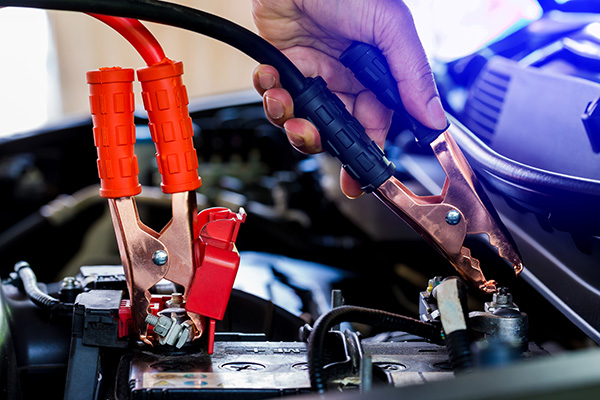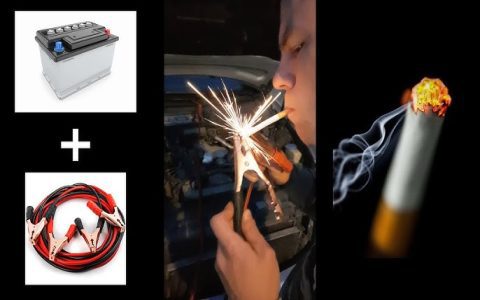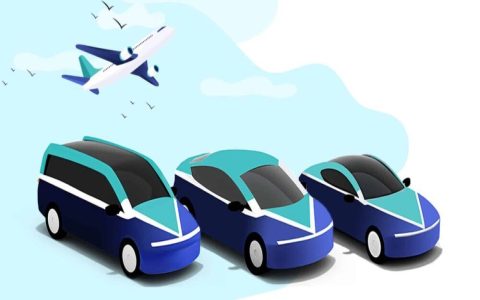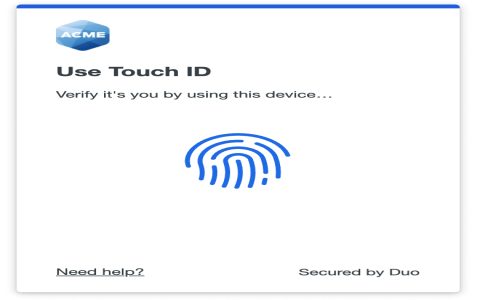Proper use of a cigarette lighter jumper requires strict adherence to safety protocols to prevent electrical hazards, fires, or vehicle damage. Missteps can lead to costly repairs or injuries, so prioritize caution.
Essential Safety Steps
Always begin with a thorough vehicle inspection. Follow these steps for secure operation:
- Turn off both vehicles: Ensure ignition keys are removed and engines are not running before connecting cables.
- Position vehicles safely: Park in a level, open area away from flammable materials to minimize fire risks.
- Connect cables correctly: Attach the red clamp to the positive terminal of the dead battery and the black clamp to an unpainted metal ground point on the donor vehicle, avoiding direct battery contact on the dead vehicle.
- Start the donor vehicle first: Power the donor car and let it idle for a few minutes to build charge before turning on the dead vehicle.
- Disconnect in reverse order: Remove black clamp from ground, then red clamp from battery to prevent sparks.
Common Mistakes to Avoid
Eliminating these errors reduces accidents:

- Reversing polarity: Never connect red to negative or black to positive, as this causes short circuits that damage electrical systems instantly.
- Ignoring cable damage: Using frayed or corroded cables increases spark risks; inspect and replace compromised parts immediately.
- Skipping ground connection: Placing the black clamp on the dead battery's negative terminal or non-grounded metal may cause sparks; always use an unpainted surface for stability.
- Jumping in hazardous conditions: Avoid wet, slippery surfaces or near flammable vapors, which escalate fire and shock dangers.
- Overextending the process: Continuous operation without breaks heats components; limit jump attempts to prevent overheating failures.
After-Use Precautions
Conclude with these steps for lasting safety:
- Store cables properly: Coil them loosely in a dry, cool place to avoid insulation damage.
- Check vehicle systems: Monitor the jumped vehicle's battery voltage afterward to detect underlying issues.
Always consult your vehicle manual for specific guidelines, and if uncertain, seek professional assistance.








